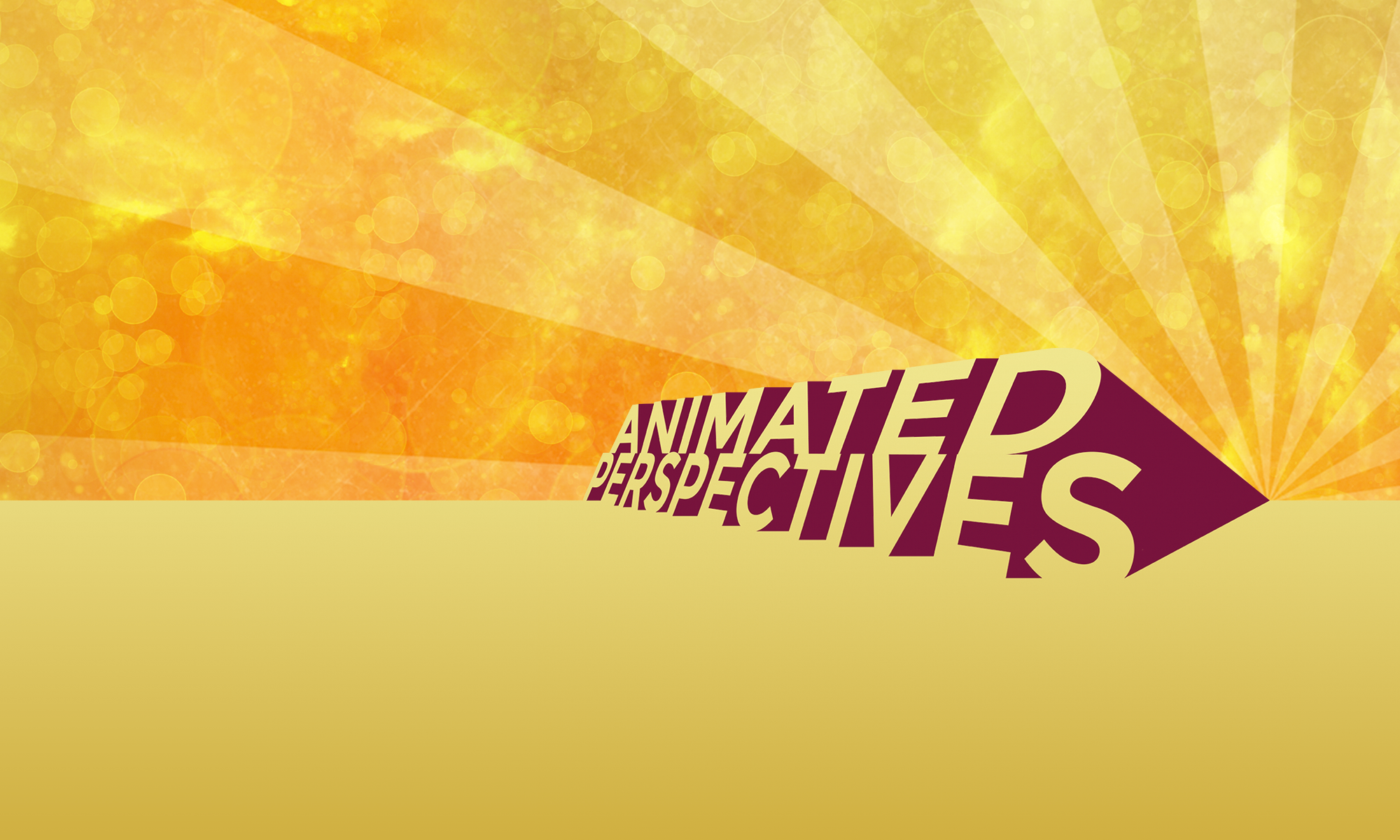I feel that the segregation of toys into categorizations of “girl and “boy” is really an important phenomena to address because it affects children when they’re at the most impressionable age. Even subconsciously, children start to associate certain colors and objects and even attitudes to boys and girls and men and women, encouraging stereotypes and stereotypical behaviors. Girls and boys seen playing with things marketed towards the opposite gender then end up being labeled as “odd” or “weird” by peers. This can cause children to question their identities or their preferences, which can make them try to change themselves to whatever is considered the norm instead of risk being labeled as a “weirdo” for staying the way they are.
Even as a kid I thought the gendering of toys was pointless. I didn’t really like dolls, and I was relatively neutral to most “boy” toys, though I did like legos and dinosaurs (but really, who doesn’t?). Everytime I went to a fast-food restaurant as a kid, I had to specifically ask for one of the “boy” toys. This was probably what affected me most about gendering items as a kid, primarily because I really didn’t care what anyone thought about what I liked and enjoyed terrorizing the group of boys who thought they were the cool kids and pretty much tuned out anyone else who questioned why I wasn’t more girly.
